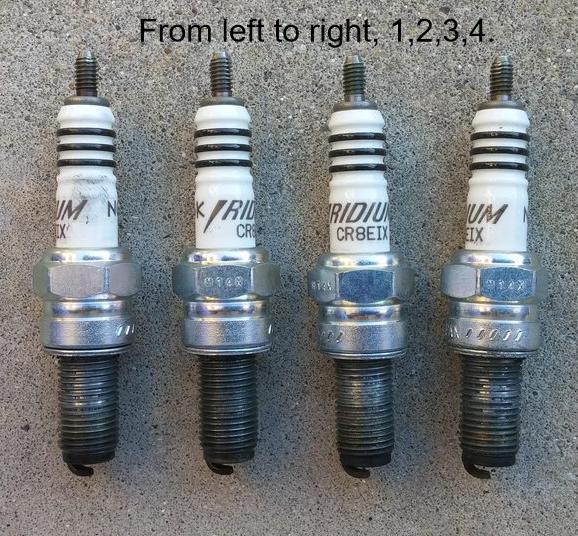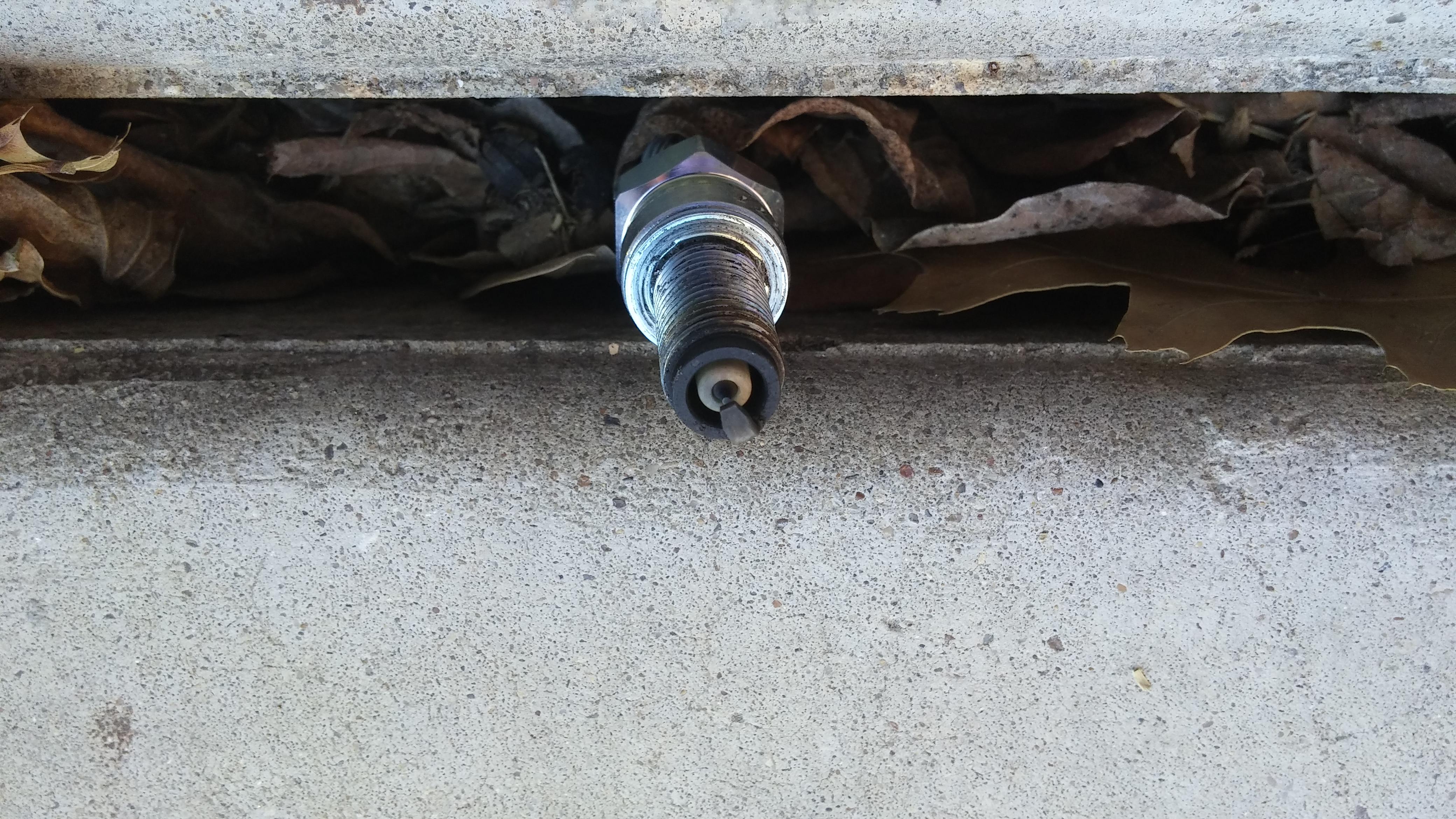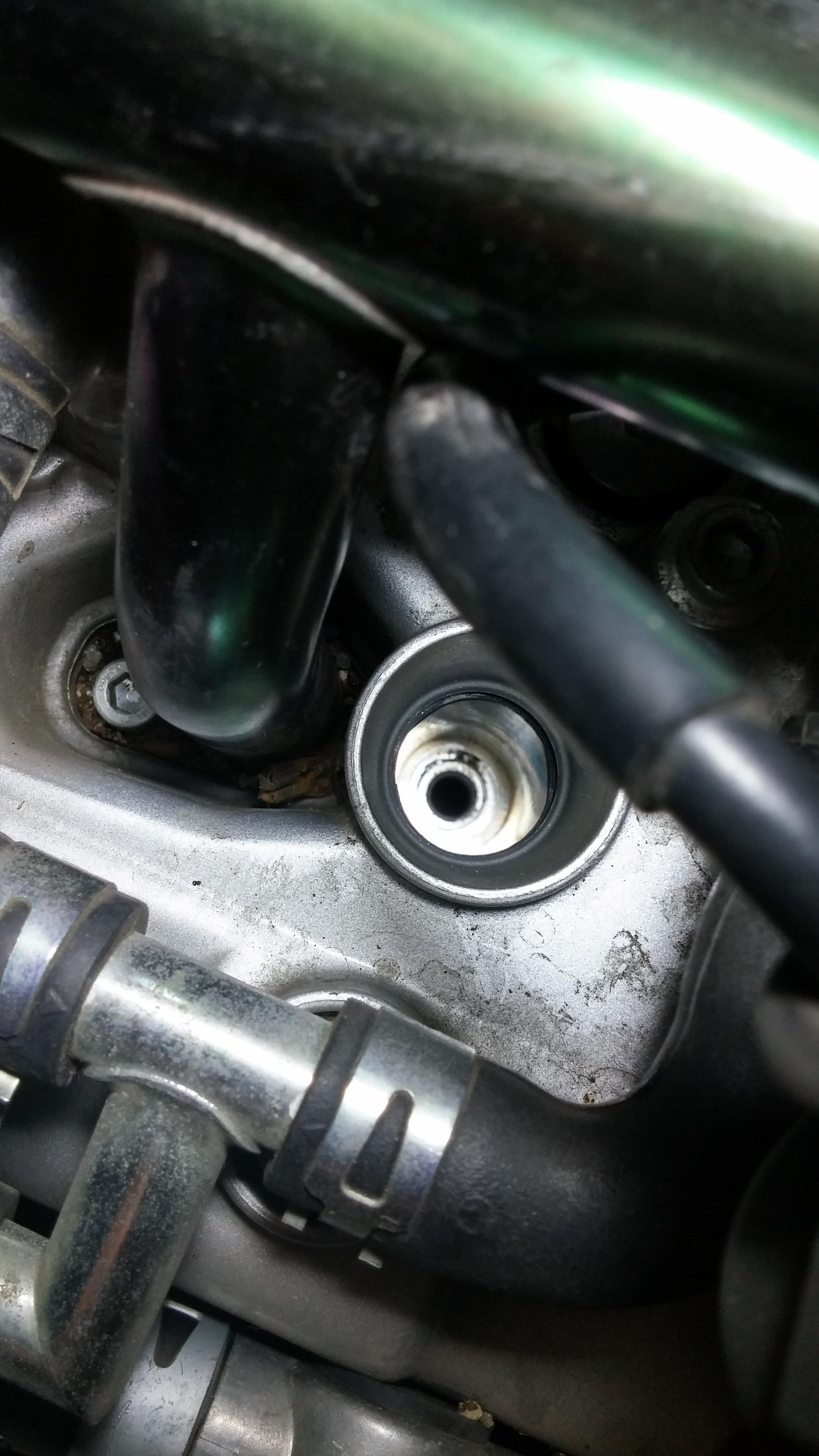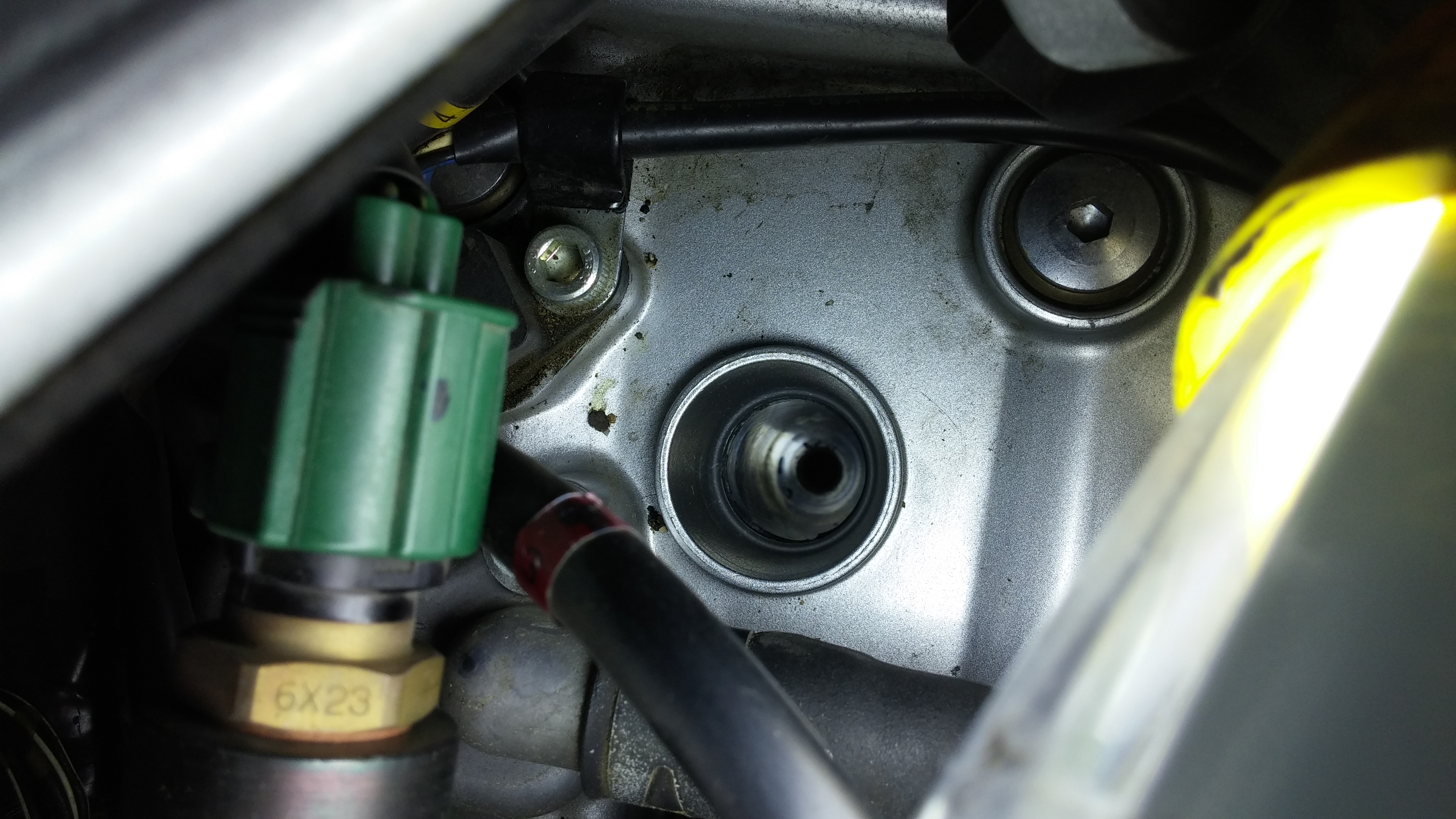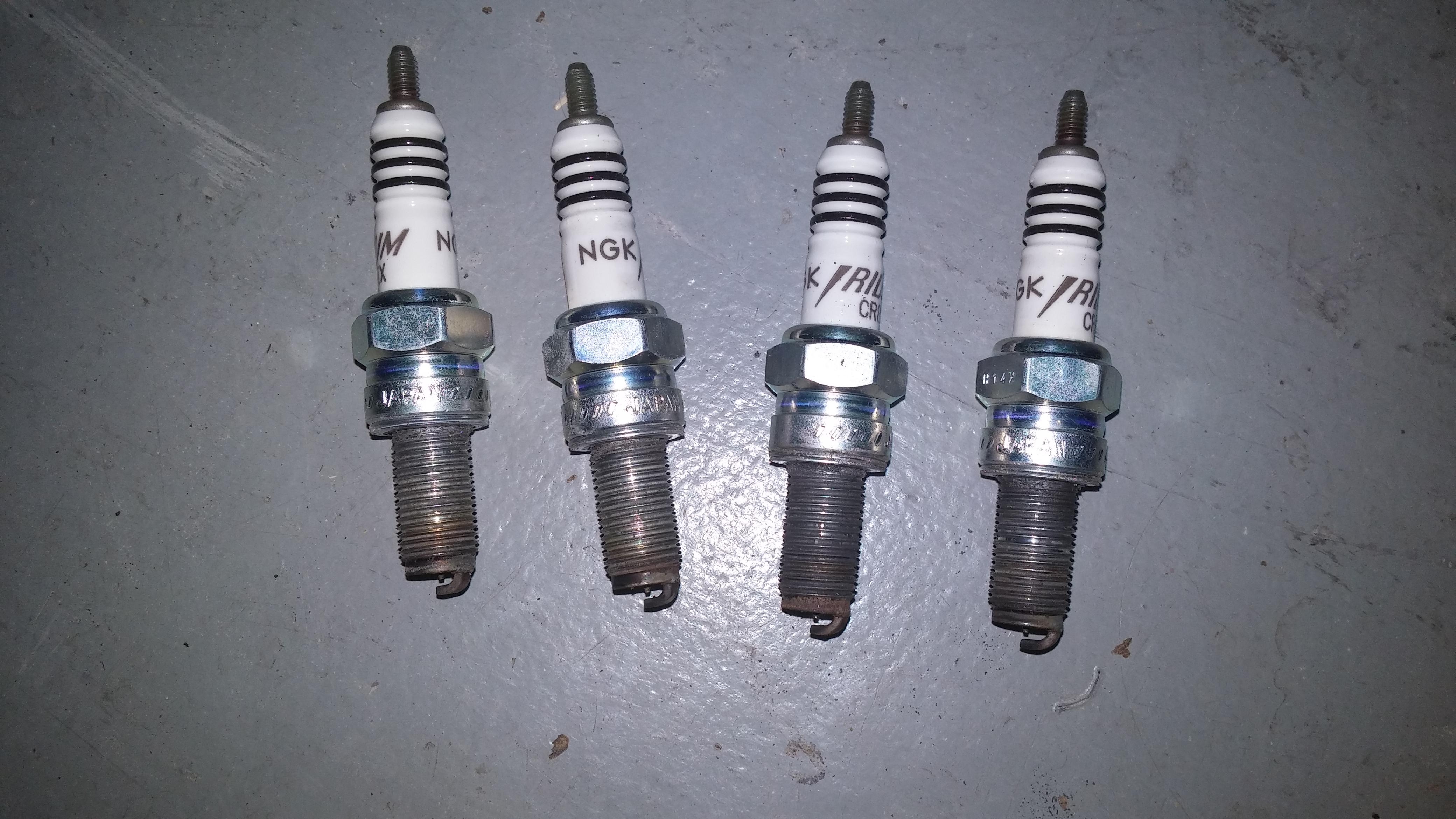Mihalis fjr
Well-known member
A cheap borescope in your laptop or in your smartphone,will resolve this issue..You can see what is going wrong inside the cat and inside the muffler,if something going wrong there..
Also with a digital infrared thermometer on each pipe,will show to you if something going wrong in the engine in each cylinder.
Also with a digital infrared thermometer on each pipe,will show to you if something going wrong in the engine in each cylinder.




